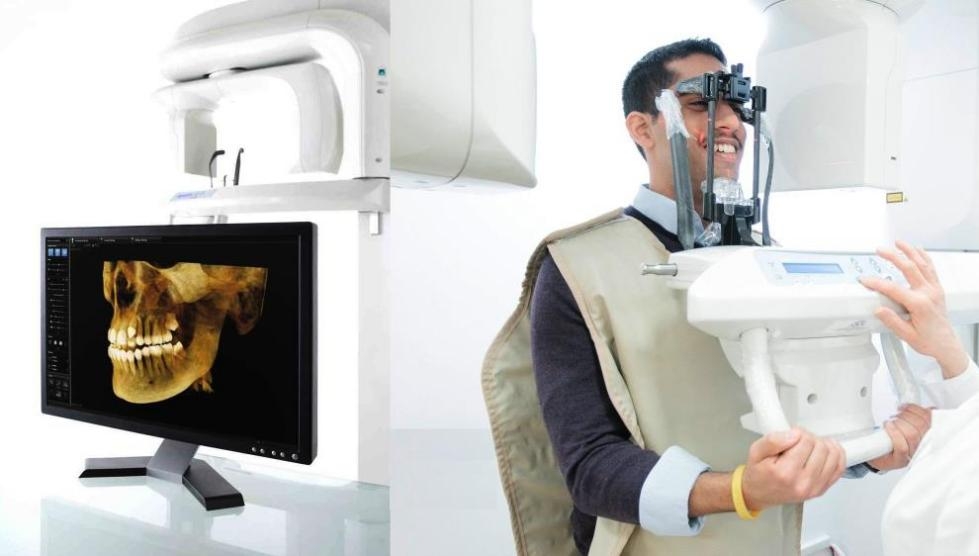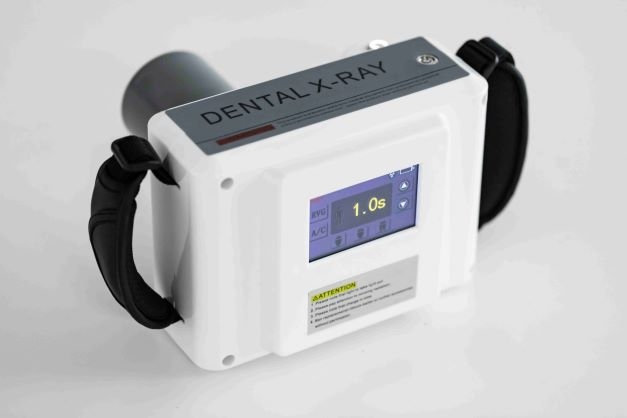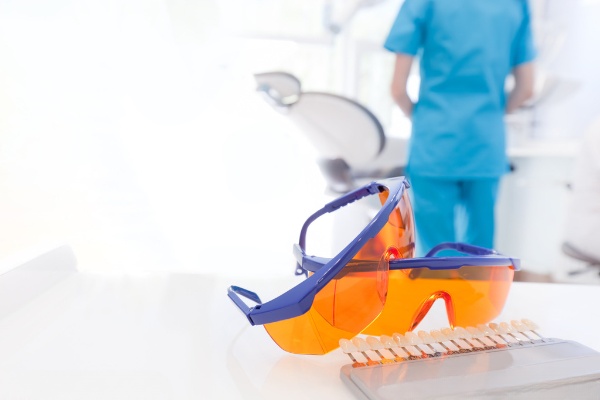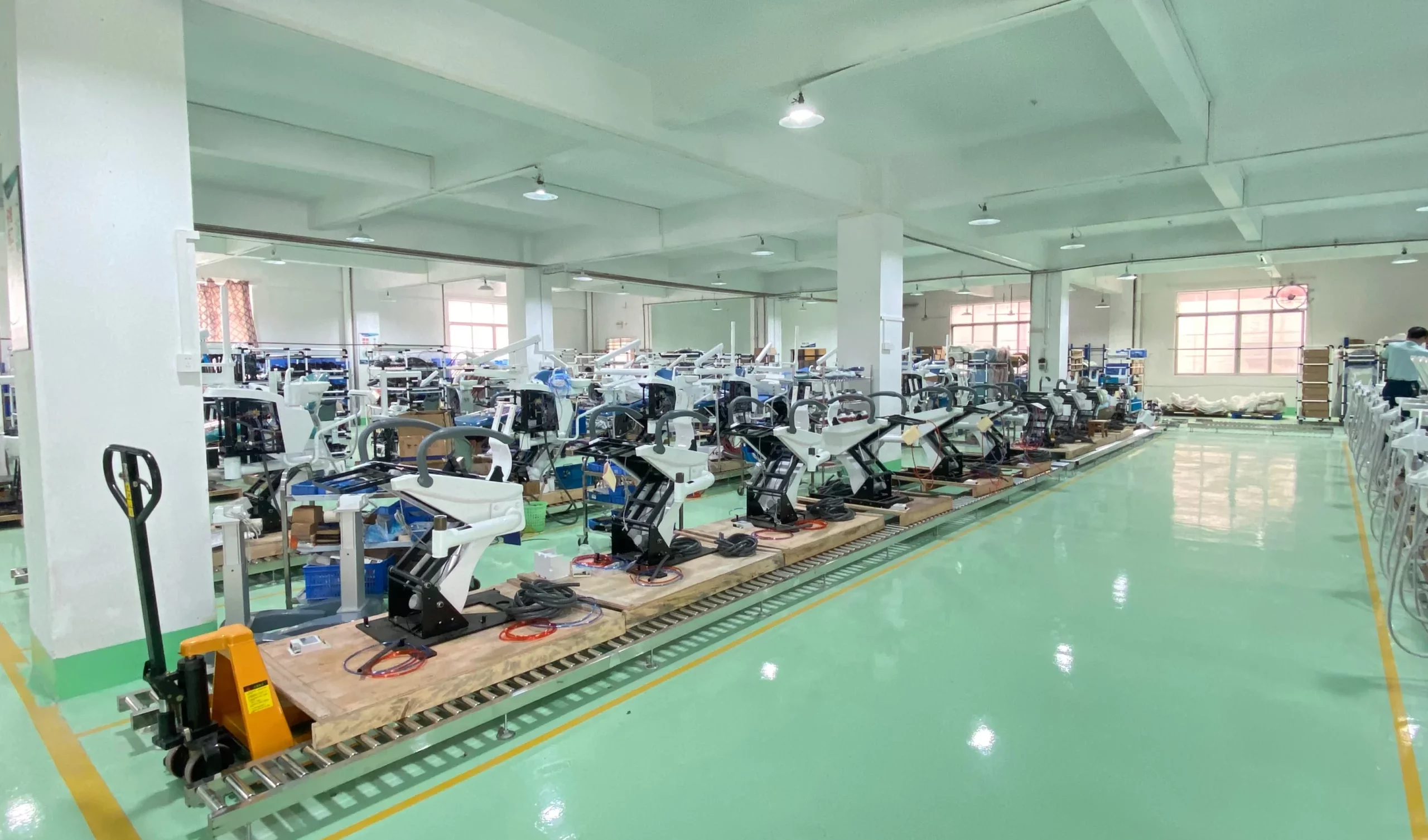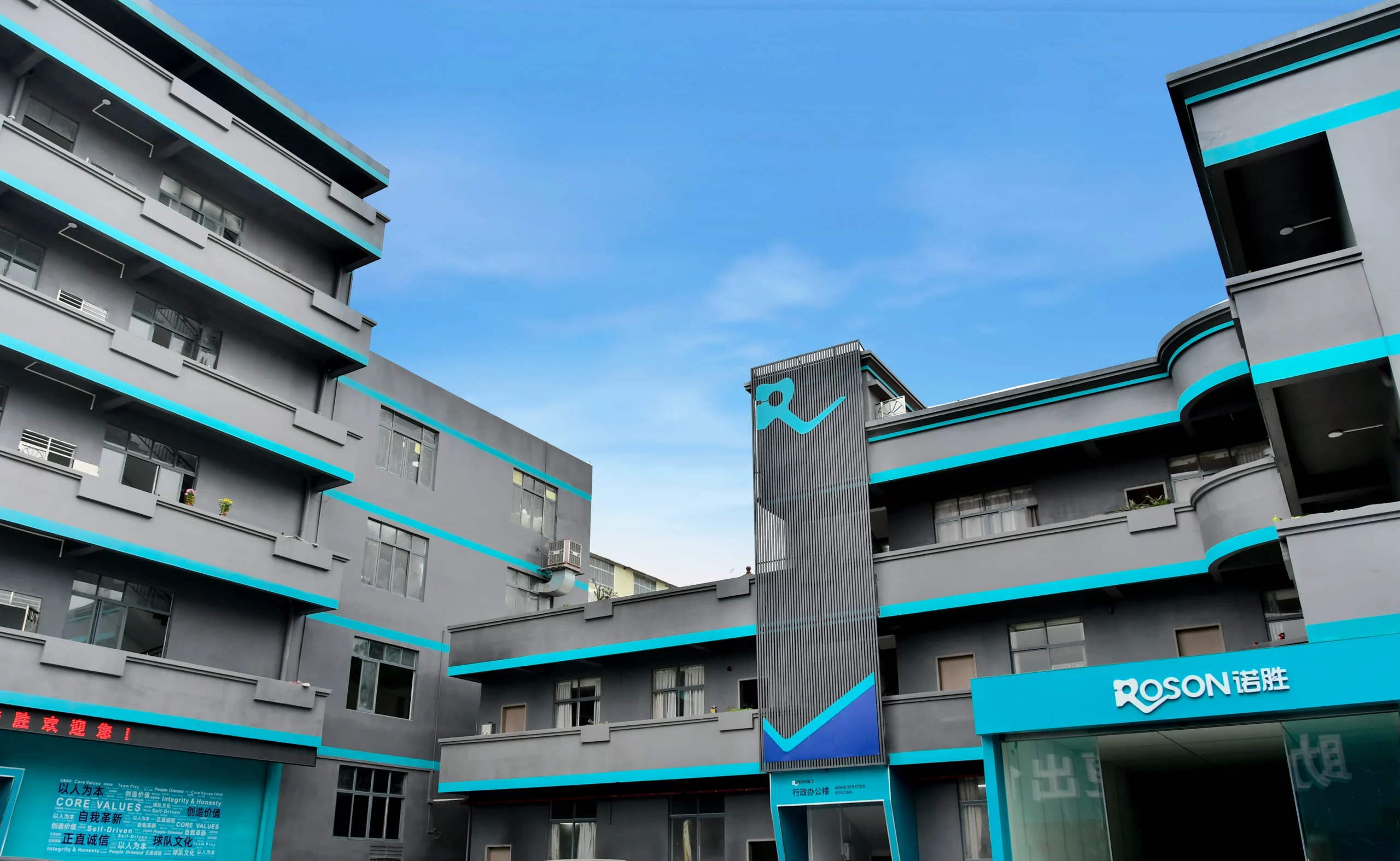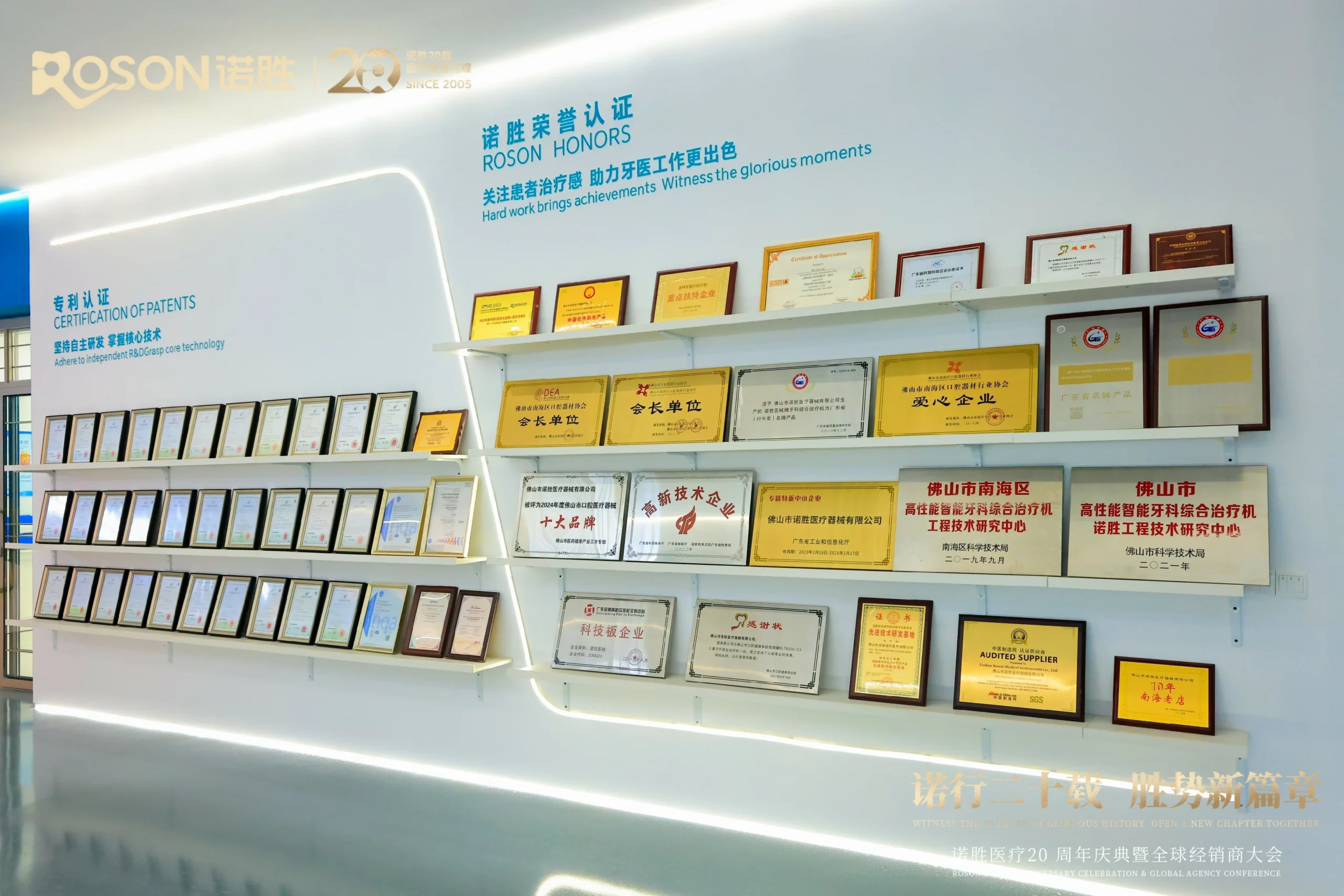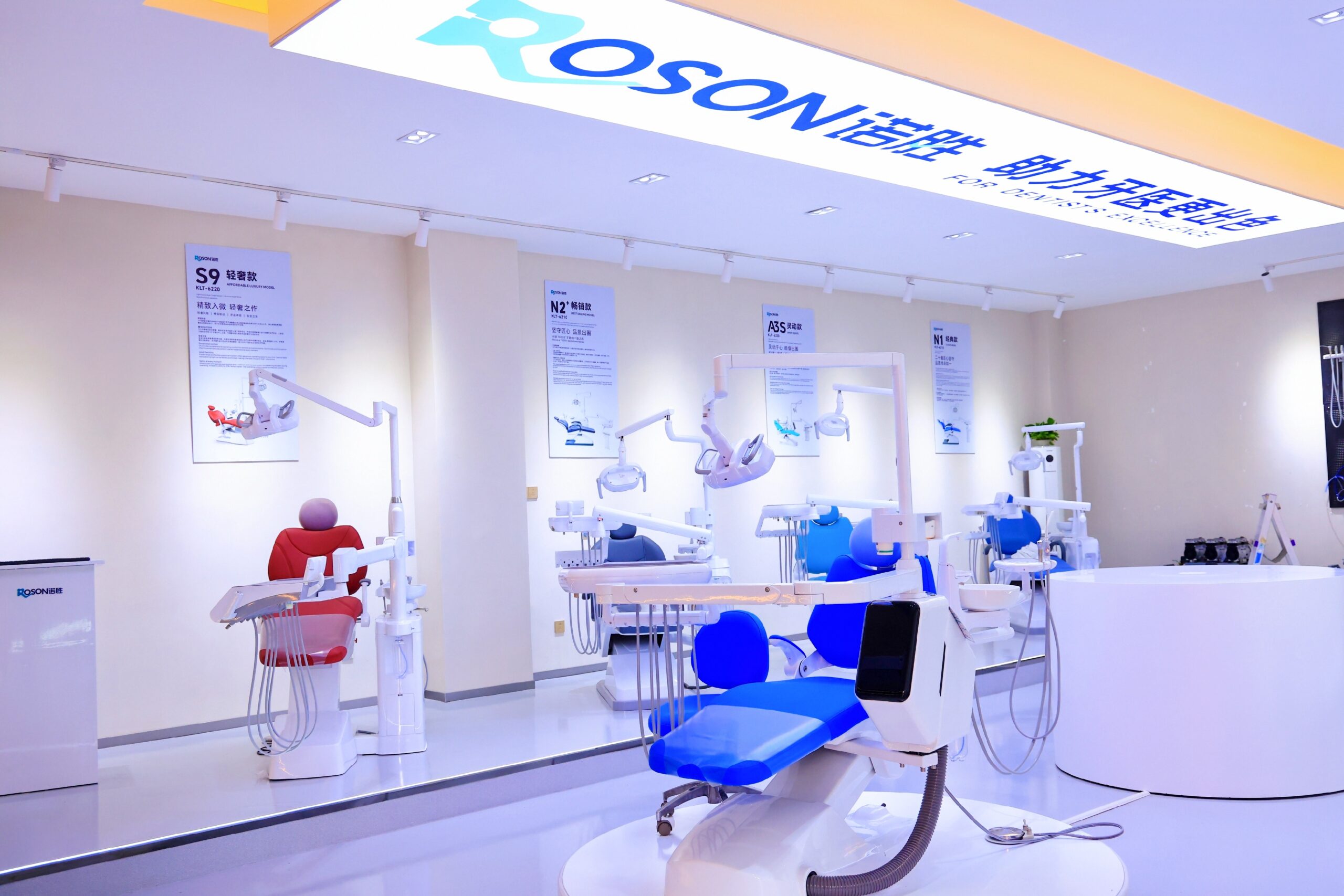The latest dental unit technologies and innovations are changing the face of dentistry.
Dental unit technology has come a long way in recent years. With the rise of digital dentistry and advancements in materials science, there is now a range of innovative dental unit technologies available that can improve patient outcomes, streamline workflows, and enhance the overall patient experience.
Digital Impression Scanners
Digital impression scanners are one of the most exciting advancements in dentistry in recent years. These scanners use advanced optical technology to create a digital 3D model of a patient’s teeth and gums, eliminating the need for traditional impression materials. Digital impressions are faster, more accurate, and more comfortable for patients than traditional impressions, and can be used for a variety of restorative and orthodontic treatments.
One of the main benefits of digital impression scanners is that they can significantly reduce the turnaround time for restorative work. With traditional impressions, the impression must be sent to a dental lab, where a technician will create a physical model of the patient’s teeth. With digital images, the model is created digitally and can be sent directly to a milling machine or 3D printer, which can create restorations on-site. This can reduce the time required for restorative work from weeks to just a few hours.
Intraoral Cameras
Intraoral cameras are small cameras that are inserted into the patient’s mouth to capture high-quality images of the teeth and gums. These images can be displayed on a monitor, allowing the dentist to show the patient exactly what they are seeing and explain any issues that they have found. Intraoral cameras are particularly useful for patient education and treatment planning, as they allow patients to see exactly what is happening in their mouths and understand the need for certain treatments.
In addition to patient education, intraoral cameras can be used for diagnosis and treatment. By providing a detailed view of the teeth and gums, intraoral cameras can help dentists identify issues that may be missed with a traditional visual exam. This can lead to more accurate diagnoses and more effective treatment plans.
Air Abrasion
Air abrasion is a dental technique that uses a stream of air and abrasive particles to remove tooth decay and other dental materials. Unlike traditional drilling, which can cause discomfort and damage healthy tooth structure, air abrasion is minimally invasive and can be used to remove decay without the need for anesthesia.
One of the main benefits of air abrasion is that it preserves healthy tooth structure. Traditional drilling removes healthy tooth structure along with the decayed portion, which can weaken the tooth and increase the risk of future problems. Air abrasion, on the other hand, only removes the decayed portion of the tooth, leaving healthy tooth structure intact.
Air abrasion is also more precise than traditional drilling, allowing dentists to remove decay with greater accuracy and control. This can lead to more conservative restorations and better long-term outcomes for patients.
CAD/CAM Technology
Computer-aided design and computer-aided manufacturing (CAD/CAM) technology is a process that uses advanced software and machinery to design and fabricate dental restorations. With CAD/CAM technology, dentists can create highly accurate, custom restorations in a fraction of the time required for traditional methods.
The CAD/CAM process begins with a digital impression of the patient’s teeth, which is used to create a 3D model on a computer. The dentist can then use the software to design a custom restoration, which is sent to a milling machine or 3D printer to fabricate the restoration on-site.
One of the main benefits of CAD/CAM technology is that it can significantly reduce the turnaround time for restorative work. With traditional methods, the impression must be sent to a dental lab, where a technician will create a physical model of the patient’s teeth. The restoration is then fabricated by hand, which can take several weeks. With CAD/CAM technology, the entire process can be completed in a single appointment, with the restoration fabricated on-site while the patient waits. This can save patients time and reduce the need for multiple appointments.
Another benefit of CAD/CAM technology is its accuracy. With traditional methods, there is a risk of error in every step of the process, from the impression to the fabrication. With CAD/CAM technology, the entire process is digital and automated, reducing the risk of error and improving the accuracy of the final restoration. This can lead to better fitting restorations and fewer adjustments required.
Smart Dental Units
Smart dental units are an innovative new technology that integrates digital technology with dental units to create a more efficient and streamlined workflow. Smart dental units can incorporate a range of technologies, including digital impression scanners, intraoral cameras, and CAD/CAM systems, to create a fully integrated digital workflow.
One of the main benefits of smart dental units is that they can significantly reduce the time required for treatment. With all of the necessary technologies integrated into a single unit, there is no need to move between different pieces of equipment or wait for results from a dental lab. This can save valuable time and improve the patient experience.
Smart dental units can also improve the accuracy and consistency of treatment. With all of the necessary technologies integrated into a single unit, there is less room for error or variation in treatment. This can lead to more predictable outcomes and better long-term results for patients.
In addition to improving efficiency and accuracy, innovative dental units can also enhance the patient experience. With advanced digital technology, patients can be more engaged in their treatment and better understand their dental health. This can lead to increased patient satisfaction and improved patient outcomes.
improve the field of dentistry
The latest dental unit technologies and innovations are changing the face of dentistry. From digital impression scanners to smart dental units, these technologies are improving patient outcomes, streamlining workflows, and enhancing the overall patient experience. As these technologies continue to evolve, we can expect to see even more advancements in dental care in the years to come. By staying up-to-date with the latest technologies and innovations, dental professionals can provide the highest level of care to their patients and continue to improve the field of dentistry.


